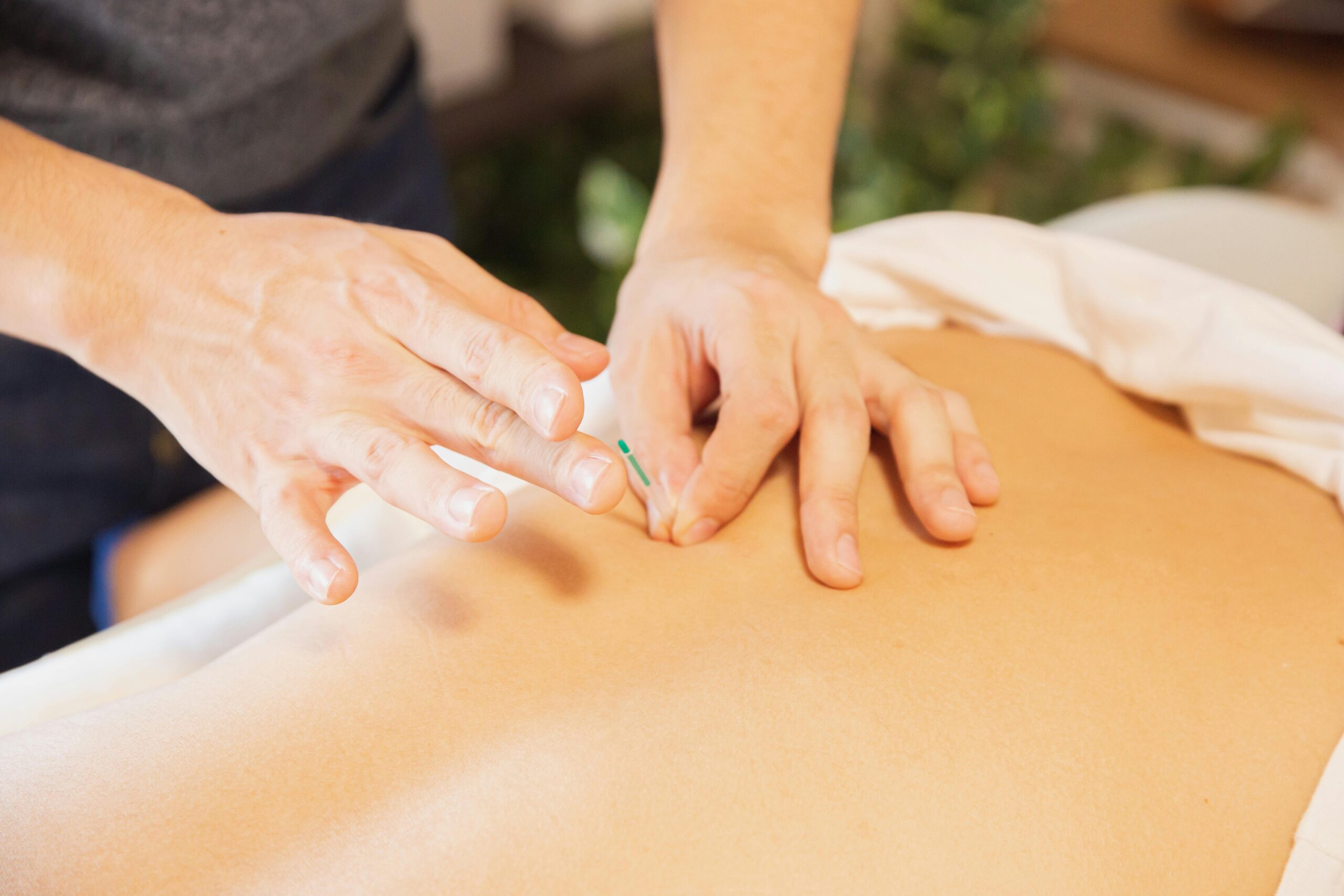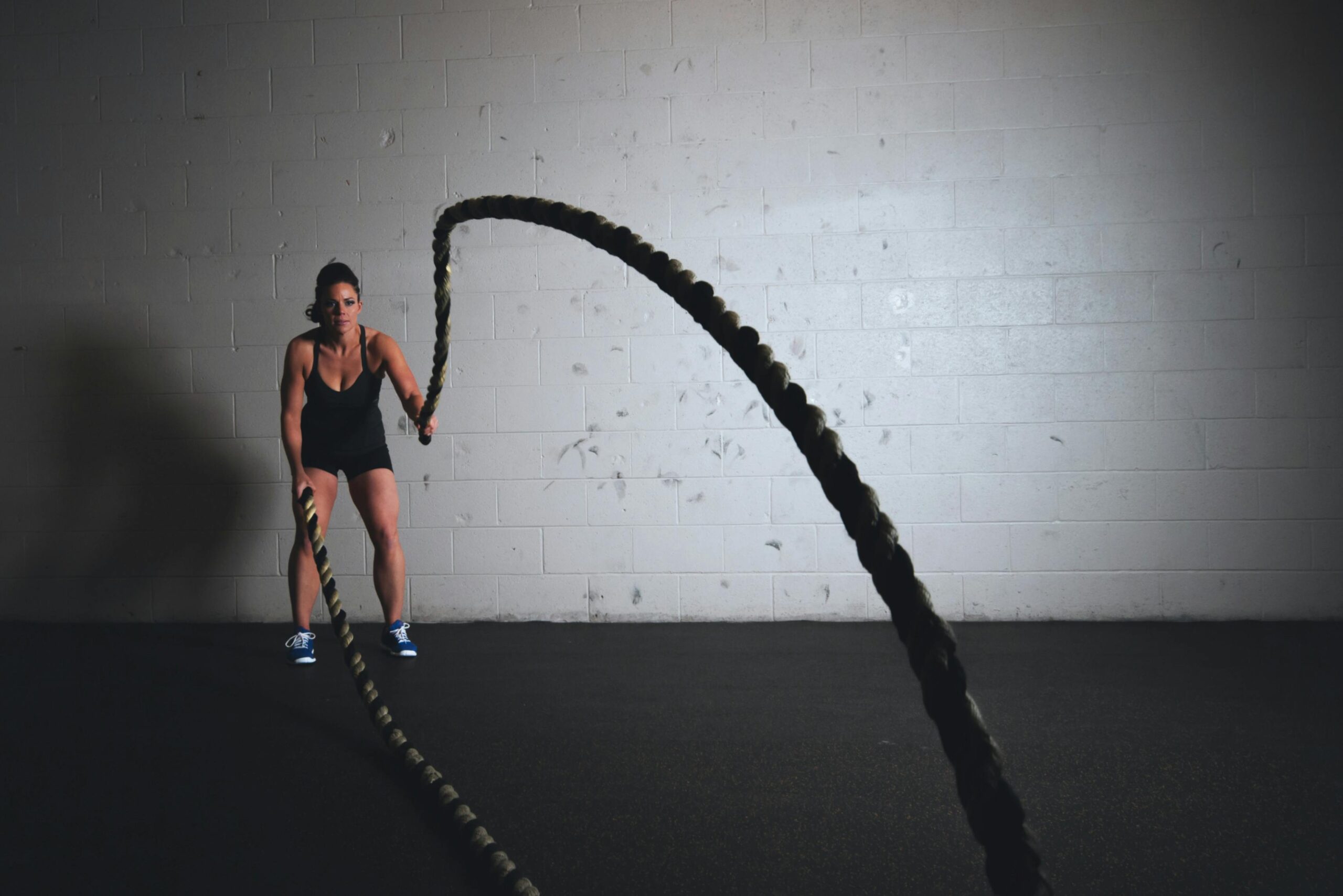Table of Contents
High-intensity workouts push our bodies to their limits, demanding exceptional effort and energy. While these workouts are essential for improving fitness and performance, effective recovery is equally crucial. Proper recovery helps repair muscles, replenish energy stores, and prepare the body for future workouts. In this blog, we will explore key recovery strategies, including immediate post-workout practices, short-term and long-term recovery techniques, and advanced methods for optimal results.
Introduction
After an intense workout, the body undergoes a complex recovery process. This recovery is critical for muscle repair, reducing soreness, and preventing injuries. Effective recovery strategies not only enhance performance but also ensure that you are ready for the next workout session. In this blog, we will cover various recovery strategies to help you bounce back stronger and faster.
What is Recovery?
1. Understanding Recovery
Recovery refers to the process through which the body heals and rebuilds itself after physical exertion. It involves repairing muscle fibers, replenishing energy stores, and restoring normal physiological functions. Effective recovery ensures that the body can adapt to the stress of high-intensity workouts, leading to improved performance and reduced risk of injury.
The Recovery Process
During recovery, several physiological processes occur:
- Muscle Repair: Intense exercise causes micro-tears in muscle fibers. Recovery allows these fibers to repair and grow stronger.
- Glycogen Replenishment: High-intensity workouts deplete glycogen stores in muscles. Recovery includes replenishing these stores to restore energy levels.
- Inflammation Reduction: Exercise-induced inflammation is a normal response, but effective recovery helps manage and reduce it to prevent excessive soreness and stiffness.
2. Immediate Post-Workout Recovery
a. Cool-Down Exercises
Purpose: The cool-down phase helps transition the body from high intensity to a resting state. It aids in gradually lowering heart rate, reducing muscle stiffness, and promoting relaxation.
Examples:
- Light Jogging: A few minutes of light jogging or walking helps in gradually bringing the heart rate down.
- Gentle Stretching: Perform static stretches focusing on major muscle groups used during the workout. This can help in reducing muscle tightness and improving flexibility.
b. Hydration
Importance: During high-intensity workouts, the body loses significant amounts of fluid through sweat. Proper hydration is essential for replenishing lost fluids, maintaining electrolyte balance, and supporting muscle recovery.
Best Practices:
- Drink Water: Aim to drink water immediately after your workout. For intense sessions lasting over an hour, consider electrolyte-rich beverages to replenish lost minerals.
c. Nutritional Intake
Importance: Consuming the right nutrients post-workout is crucial for muscle repair and energy replenishment. A balanced intake of protein and carbohydrates helps kickstart the recovery process.
Recommendations:
- Protein: Aim for a protein-rich snack or meal within 30-60 minutes after your workout. Good sources include lean meats, dairy, eggs, or plant-based proteins.
- Carbohydrates: Include complex carbohydrates like whole grains, fruits, or vegetables to restore glycogen levels.

3. Short-Term Recovery Strategies
a. Active Recovery
Description: Active recovery involves engaging in low-intensity activities that promote blood flow and aid in muscle recovery without putting additional strain on the body.
Examples:
- Light Jogging: A brisk walk or light jog the day after an intense workout can help reduce muscle soreness.
- Swimming or Cycling: Low-impact exercises like swimming or cycling can enhance circulation and facilitate recovery.
b. Stretching and Foam Rolling
Benefits:
- Stretching: Helps reduce muscle soreness and improve flexibility. Focus on static stretches for major muscle groups used during the workout.
- Foam Rolling: Self-myofascial release using a foam roller can alleviate muscle tightness, improve circulation, and enhance recovery.
Techniques:
- Static Stretching: Hold each stretch for 15-30 seconds, focusing on areas that feel tight or sore.
- Foam Rolling: Gently roll the foam roller over targeted muscle groups, applying moderate pressure to release muscle knots.
c. Adequate Rest
Importance: Rest is essential for allowing the body to recover fully. Insufficient rest can lead to overtraining, increased risk of injury, and decreased performance.
Tips:
- Sleep: Ensure 7-9 hours of quality sleep per night to support muscle repair and overall recovery.
- Rest Days: Incorporate rest days into your fitness routine to allow the body to recover and prevent burnout.
4. Long-Term Recovery Strategies
a. Sleep and Rest
Importance: Quality sleep is fundamental for muscle repair, hormone regulation, and overall health. It is during deep sleep that the body releases growth hormones that aid in muscle recovery and repair.
Recommendations:
- Consistent Sleep Schedule: Maintain a regular sleep routine by going to bed and waking up at the same time each day.
- Restful Environment: Create a sleep-friendly environment by keeping the room dark, quiet, and cool.
b. Nutrition
Importance: Consistent, balanced nutrition supports long-term recovery and overall performance. A diet rich in essential nutrients helps the body adapt to training stress and recover more effectively.
Focus:
- Lean Proteins: Include sources such as chicken, fish, beans, and tofu to support muscle repair.
- Healthy Fats: Incorporate avocados, nuts, and olive oil for overall health and inflammation reduction.
- Complex Carbohydrates: Choose whole grains, fruits, and vegetables for sustained energy and glycogen replenishment.
c. Monitoring Training Loads
Importance: Avoiding overtraining is crucial for maintaining long-term performance and health. Balancing workout intensity with recovery helps prevent burnout and injury.
Strategies:
- Training Logs: Use training logs or apps to track workout intensity, volume, and recovery.
- Adjust Workouts: Modify your training plan based on feedback from your body, including signs of fatigue or soreness.

5. Advanced Recovery Techniques
a. Cryotherapy
Description: Cryotherapy involves exposing the body to cold temperatures to reduce inflammation and muscle soreness. This can be done through ice baths or localized cryo treatments.
Benefits:
- Reduced Inflammation: Cold temperatures help constrict blood vessels, reducing inflammation and muscle soreness.
- Faster Recovery: Regular use of cryotherapy can shorten recovery time and improve performance.
b. Contrast Baths
Description: Contrast baths involve alternating between hot and cold water immersion. This technique stimulates blood flow and helps with muscle recovery.
Benefits:
- Enhanced Circulation: Alternating temperatures improves blood flow and reduces muscle soreness.
- Reduced Stiffness: Helps alleviate muscle stiffness and aids in faster recovery.
c. Massage Therapy
Description: Massage therapy involves manipulating soft tissues to relieve muscle tension, improve circulation, and promote relaxation.
Benefits:
- Muscle Recovery: Professional or self-massage can enhance blood flow, reduce muscle soreness, and aid in recovery.
- Relaxation: Provides a mental break and reduces stress, contributing to overall recovery.
6. Listening to Your Body
Understanding Signs of Overtraining
Indicators:
- Persistent Fatigue: Ongoing tiredness despite adequate rest.
- Decreased Performance: Reduced ability to perform at previous levels.
- Increased Soreness: Prolonged muscle soreness and stiffness.
Adjusting Recovery Strategies
Adapting:
- Modify Workouts: Scale back intensity or volume based on how your body feels.
- Incorporate More Rest: Increase rest days or adjust recovery techniques to better suit your needs.
7. Common Recovery Mistakes to Avoid
Neglecting Rest Days
Consequences: Skipping rest days can lead to overtraining, increased injury risk, and decreased performance. Make sure to schedule regular rest days in your fitness routine.
Inadequate Hydration and Nutrition
Impact: Poor hydration and nutrition can slow recovery, impair muscle repair, and affect overall performance. Prioritize hydration and balanced nutrition to support effective recovery.
Ignoring Sleep Quality
Effects: Poor sleep quality can hinder muscle recovery and overall health. Ensure you maintain good sleep hygiene to support optimal recovery.

Conclusion https://fitnessblog4u.com/wp-admin/post.php?post=189&action=edit
Effective recovery strategies are essential for maximizing the benefits of high-intensity workouts. By incorporating immediate, short-term, and long-term recovery techniques, you can enhance your performance, prevent injuries, and improve overall well-being. From proper hydration and nutrition to advanced techniques like cryotherapy and massage therapy, each strategy plays a role in helping your body recover and prepare for future challenges. Evaluate your current recovery practices and make necessary adjustments to ensure you are getting the most out of your workouts and staying at the top of your game.


